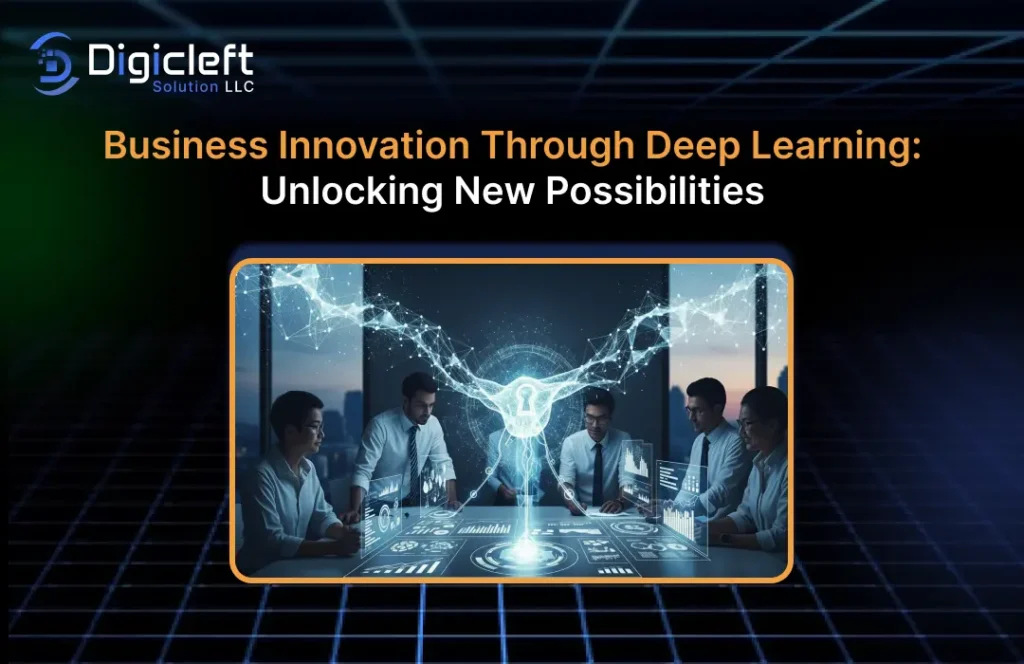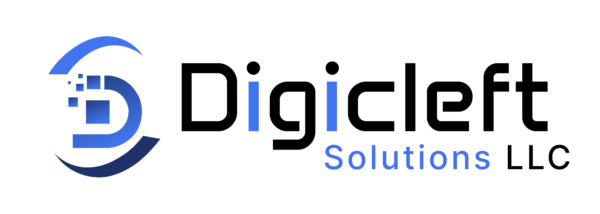
Was the last time you saw a groundbreaking idea that changed the way we work or live? Chances are, deep learning was behind it. In today’s fast-paced digital landscape, business innovation isn’t optional it’s survival. And the technology fueling this transformation? Deep learning.
It’s not just about smarter apps or better algorithms. It’s about reshaping entire industries, unleashing hidden opportunities, and giving businesses a future-ready advantage.
Why Innovation Matters
Innovation is the spark of growth. Companies that fail to innovate risk being left behind, while those that embrace change thrive. In today’s environment, disruption comes from unexpected corners startups, AI-driven platforms, or new business models.
The businesses that stand out are the ones that embrace data-driven innovation. Deep learning empowers companies to take innovation from theory to reality.
What’s Deep Learning?
At its core, deep learning is a type of artificial intelligence that mimics how our brains process information. Think of it as a digital brain with multiple layers of neurons that learn from massive amounts of data.
Unlike traditional software, which needs strict rules to operate, deep learning teaches it self patterns like a child recognizing faces or learning language.
Deep learning is like the Ph.D. of AI it goes deeper, learns faster, and adapts smarter.
Core Components of Deep Learning
- Neural Networks inspired by the human brain.
- Big Data the fuel that powers models.
- High-Performance Computing (GPUs & TPUs) processing power for massive datasets.
- Algorithms the recipes that help systems make sense of information.
The Role of Deep Learning in Business Innovation
- Transforming Data into Insights: Turning raw data into smarter decisions.
- Automating Complex Processes: From tab processing to predictive maintenance.
- Enhancing Customer Experiences: Personalized recommendations and journeys.
Industry Applications
- Healthcare: Early disease detection, personalized treatments.
- Finance: Fraud detection, real-time risk management.
- Retail: Personalized shopping, inventory optimization.
- Manufacturing: Predictive maintenance, improved efficiency.
- Marketing: Hyper-targeted campaigns with Digicleft Solution.
Advantages of Deep Learning for Businesses
- Scalability and flexibility across industries.
- Cost reduction through automation.
- Competitive edge via faster innovation.
Challenges
- Data privacy and security concerns.
- High infrastructure and computing costs.
- Skill gaps and workforce training needs.
Steps to Drive Innovation with Deep Learning
- Identify problems deep learning can solve.
- Build a data strategy focus on quality over volume.
- Choose the right tools and partners (e.g. Digicleft Solution).
- Scale innovation start small, expand later.
The Future of Deep Learning
- Smarter chatbots through natural language processing.
- Computer vision for advanced recognition.
- Reinforcement learning for decision-making.
- Ethical AI ensuring fairness and transparency.
Deep learning will become as essential as electricity an invisible force powering every industry.
FAQs
Q1: How is deep learning different from traditional AI?
Deep learning uses multi-layered neural networks, making it more advanced and capable of solving complex problems.
Q2: Can small businesses use deep learning?
Yes! Cloud-based solutions and partners like Digicleft Solution make deep learning more accessible.
Q3: Which industries benefit the most?
Healthcare, finance, retail, manufacturing, and marketing lead adoption, but nearly every sector can benefit.
Q4: Is deep learning secure for handling sensitive data?
With proper encryption, compliance, and ethical practices, it can be highly secure.
Q5: What’s the future of deep learning in business?
Expect deeper personalization, smarter automation, and widespread adoption across industries.


